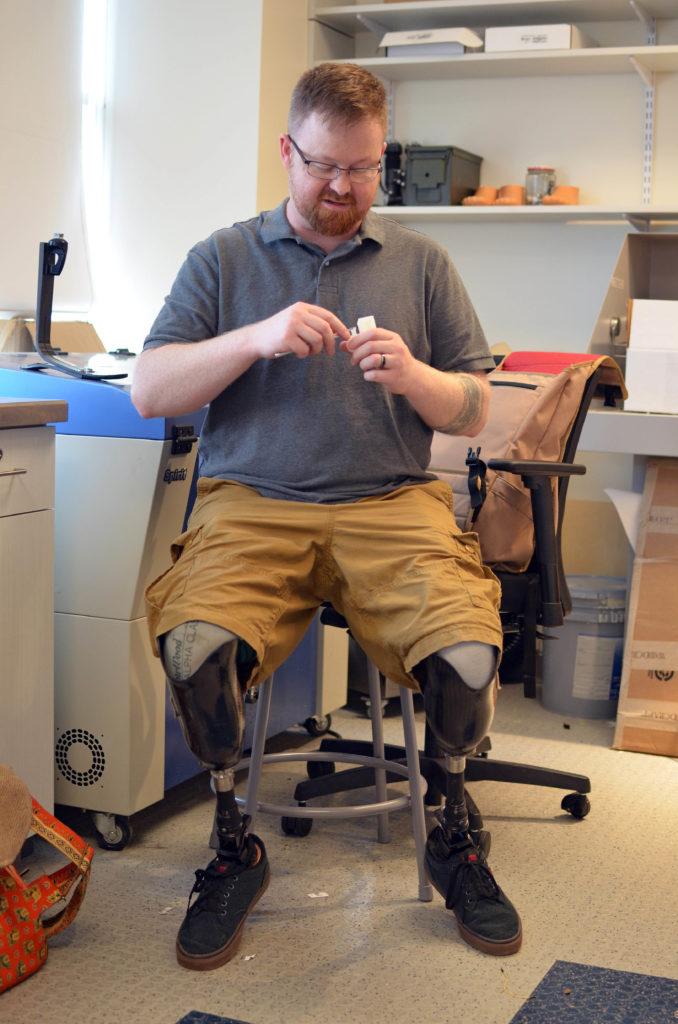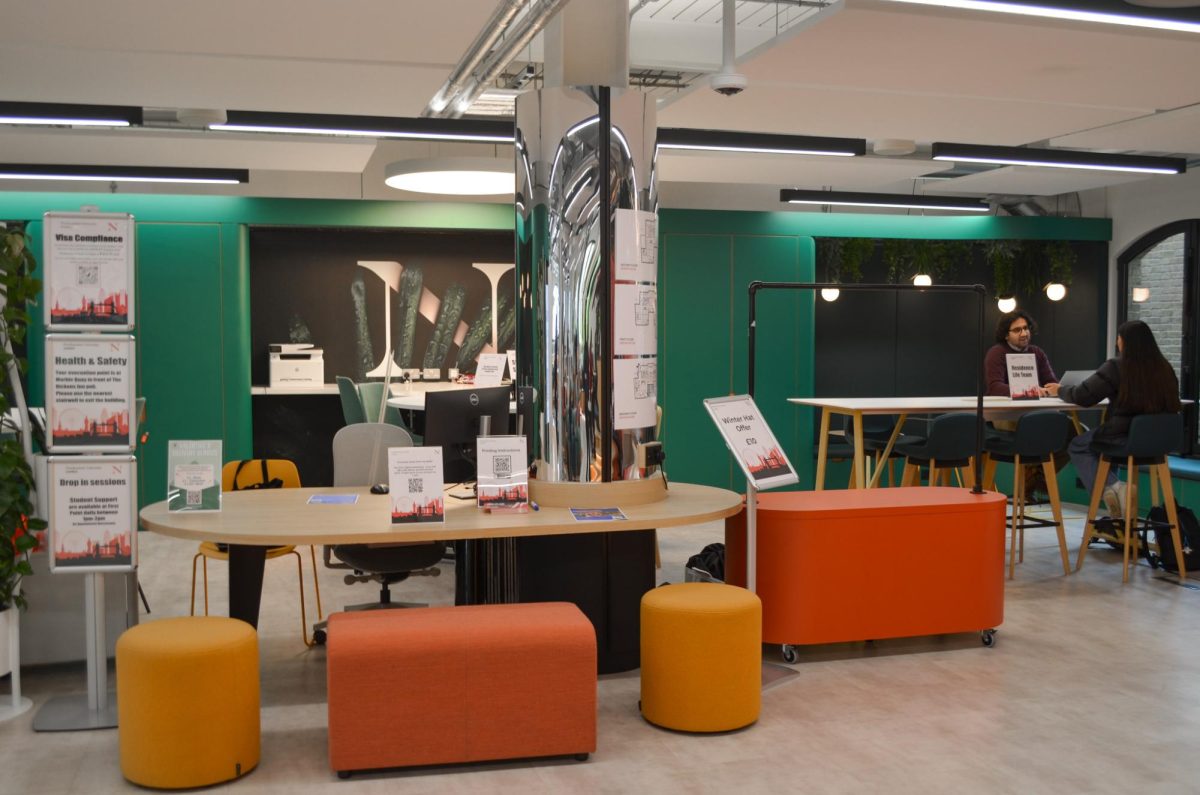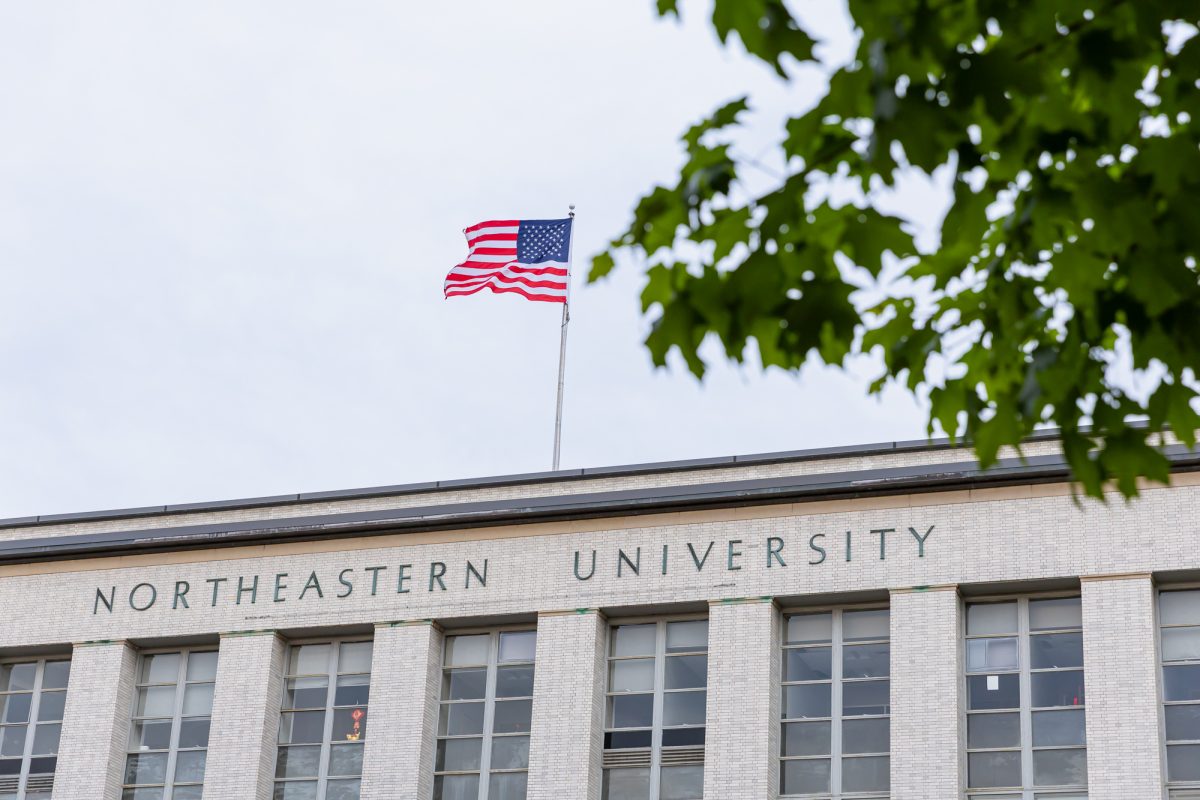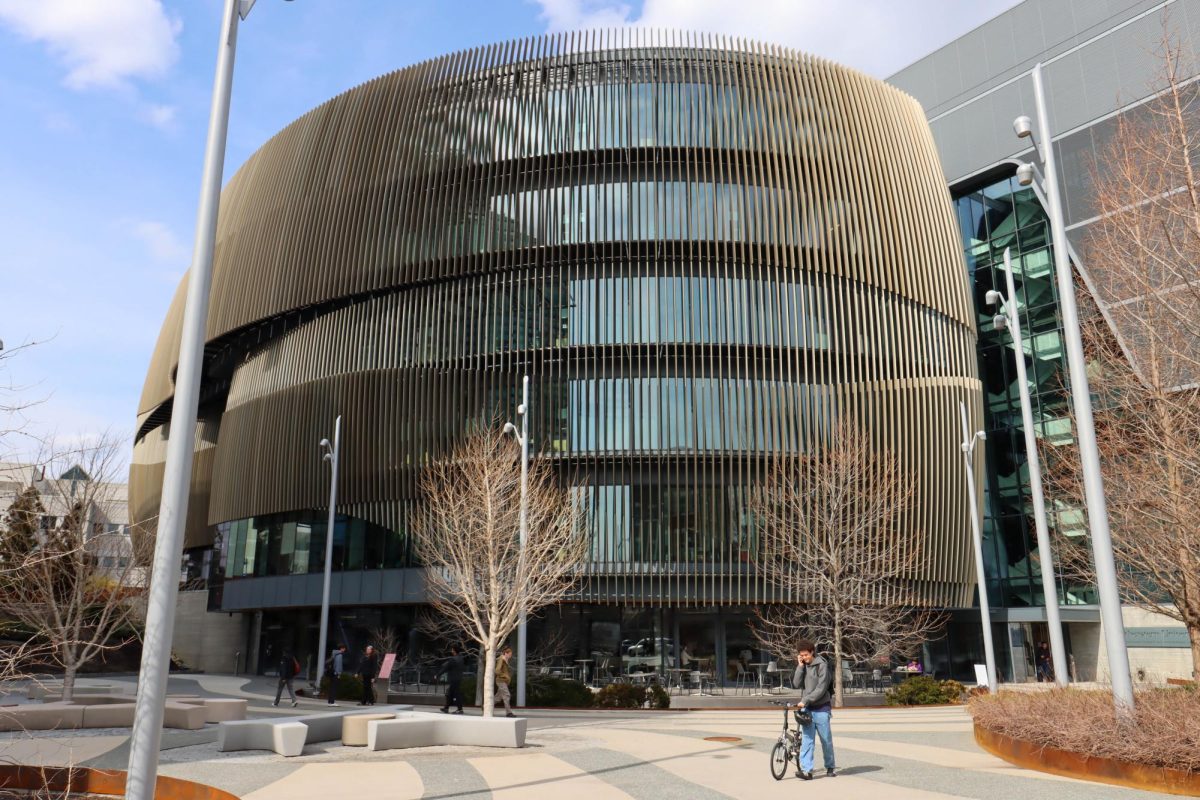By Miharu Sugie, news correspondent
Northeastern University senior Brian Fountaine plays many parts: An army veteran, a designer and, most recently, an innovator. Fountaine, a double-amputee after losing his legs while serving in Iraq, is creating prototypes of prosthetics with a 3-D printer.
Fountaine recently won a $10,000 Ford College Community Challenge bonus grant for the project. Soon after, he assembled a team with members Benjamin Caras, an art and fundamentals lecturer at Northeastern, and Brenna Sorkin, a freshman studying experience design, cognitive psychology and computer science. The News spoke to Fountaine about his work with the team.
The Huntington News: How did you transition to graphic design after serving in the military?
Brian Fountaine: I got hurt in the military in 2006 and my wife was a college graduate, and she kept trying to push me to school. But I didn’t think I could make it to school because I had a traumatic brain injury – 12 concussions, post-traumatic stress disorder. I didn’t think I’d do well. I started off going to Cape Cod Community College, and I just started taking one or two classes at a time just to get the feel of school. I’ve always been involved in art, sculpture and painting. I’ve always found myself very good with computers and I thought “why not combine the two?” And so I got an associate [degree] in graphic design at Cape Cod Community College and kind of on a whim put in my application to Northeastern so I could finish my bachelor’s degree. I chose Northeastern because I had read that it was one of the best schools in the East Coast in helping veteran students transition from the military to school.
HN: What inspired you to start your current project and what are your aspirations for it?
BF: I was fortunate in that since I was injured while serving my country, all of my medical care was covered by the government. After the Boston Marathon Bombing, in realizing that there were civilian amputees from an explosion – which is kind of what I went through – they were going to have to go through years of therapy, needing different legs and surgeries and what not. A lot of what they need is not covered by insurance, and prosthetics are expensive. I came up with the idea a couple years ago to see if it was possible to 3-D print prosthetic limbs for people who could otherwise not afford them. I’m a graphic designer. What sets me apart from a lot of other people is that I’m an amputee myself, and I know what will work and what won’t.
HN: What was your first prototype for this project?
BF: Right now, for the most part, we’ve just started out. The first patient we’re working with is my friend from Colorado; her name’s Maureen. She was born without a left hand. She used to play the violin. Her left hand is missing; she had an arm socket and she had a clamp that you could fit the bow in so she could play the violin. That clamp cost about $750, but she lost that in a house fire. Talking with her, I said “I can make you one for $50.” We’ve been working with her, and we just came up with a couple test prints, prototype parts to see if they’ll work.
HN: How does your perspective as an artist and someone who has experience in prosthetics influence the aesthetics and the function of these products?
BF: Graphic design is form and functions. Form being: Is it pretty? Function being: Does it work? Primarily being artists and not engineers, we like our projects to be both form and function. We’re taking that aspect into what we’re doing, providing prosthetics to people who may not be embarrassed [to wear it], but maybe they want to wear it because it looks cool.
HN: Oftentimes, these prosthetics have to be customized to each individual. How do you approach that? I heard your team is also using models to help design your products.
BF: [Ben] got this 3-D scanner that works with an iPad that’ll take real time scans of real life objects. I actually scanned my prosthetic and Ben’s leg to superimpose the two images. For the most part, we hand draw and render it […] I think for the most part now, we’re going to focus on hand drawing because we can be more precise and measure out the lines on how long and dense they can be. The scans are good because they can give us a sense of length and width
HN: When you graduate, do you plan to pursue this project even further?
BF: I just put a message on Facebook asking if anyone knows any amputees who need help with prosthetic limbs. I’ve gotten a few hits. I make sure to tell people we’re not looking to reinvent the wheel. We’re not promising to make a miracle, but if there’s a chance we can make your life better, that’s our goal. Our ultimate goal is to turn this into a nonprofit so I can continue helping people. I’m not doing this to make money. I just want to help give back and try and help out people who otherwise couldn’t afford it. I once served my country, and I want to serve the community. I like to take that to heart. And if we’re successful enough to get our own nonprofit group going and hire more people, more experienced people with [computer-aided design] work and printing, all the better. Who knows, maybe we can take this globally. Even if it works for one person and it gets that person up and running, it’s all worth it. We’re just a couple artists with a vision to help people, and we’re hoping to make that work. And thanks to Ford and Northeastern, we have the opportunity.
Photo by Robert Smith









